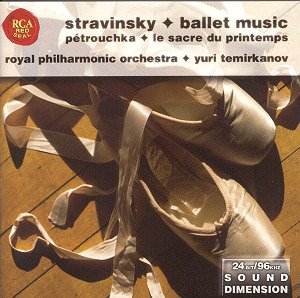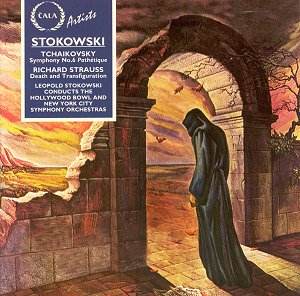 Composer: Wolfgang Amadeus Mozart
Composer: Wolfgang Amadeus Mozart
Works: Violin Sonatas Vol. 9 (KV 6, 7, 8, 9, 26, 27, 28, 29, 30, 31, 359, 360, 376, 377, 372, 402, 404, 379, 380, 547, 526, 296, 305, 481, 303, 301, 378, 302, 304, 403, 454, 306)
Performers: Rémy Baudet, baroque violin; Pieter-Jan Belder, harpsichord; Salvatore Accardo, violin; Bruno Canino, piano
Recording: Various sessions, 1989 and May 2001, Remonstrantse Doopsgezinde Gemeente, Deventer
Label: Brilliant Classics
Mozart’s violin sonatas, spanning from his early childhood compositions to the more mature works of his late teens and early adulthood, present a fascinating portrait of the composer’s evolving musical language. This ninth volume in the Brilliant Classics complete Mozart edition offers a substantial survey of these sonatas, revealing not only the technical development of Mozart as a composer but also the shifting textures and roles of the violin and keyboard collaborator. The earliest works, composed when Mozart was a mere child, serve as a curious juxtaposition to the later sonatas that showcase a burgeoning genius.
The initial disc features the four sonatas KV 6, 7, 8, and 9, which can be described as more harpsichord-centric, based on improvisations attributed to the young Mozart. While their simplicity provides an interesting glimpse into Mozart’s formative years, the performances by Baudet and Belder highlight the inherent limitations of these pieces—musically, they remain somewhat rudimentary, with the violin often overshadowing the harpsichord rather than complementing it. The balance in these recordings could be improved, as the violin frequently appears too dominant, detracting from the harpsichord’s rich tonal palette.
As we progress to sonatas KV 26 through 31, the evolution of Mozart’s voice becomes strikingly apparent. Now in his late teens, the composer displays a newfound confidence in his writing. The Sonata in B flat major KV 31 exemplifies this shift, where the violin emerges as a fully realized solo instrument, no longer merely an accompanist. The interpretation here is lively, with the harpsichord offering an energetic foundation that allows the violin to soar. The variations on French songs, KV 359 and KV 360, further demonstrate Mozart’s flair for developing thematic material, creating a dialogue between the instruments that is both virtuosic and expressive.
The later sonatas, recorded by Accardo and Canino, benefit from a more modern approach, showcasing the duo’s technical prowess and interpretative insight. However, the recordings present a mixed experience; while the Andante of the A major sonata KV 526 is a masterclass in emotional nuance, with Canino’s pianistic subtleties beautifully complementing Accardo’s lyrical playing, other sections suffer from a lack of cohesive interaction. The engineering here varies; in places, the violin is distant, almost swallowed by the piano, while in others, it commands too much presence, leading to an imbalance that distracts from the overall musicality.
Despite these inconsistencies, the performances are never devoid of merit. The Allegro from the E flat major sonata KV 380 crackles with rhythmic vitality, and moments of genuine connection between the players shine through the less successful passages. Comparatively, this set stands at an intriguing crossroads between historical performance practices and modern sensibilities, yet it does not fully commit to either, resulting in a patchwork of experiences that leaves the listener wanting for greater cohesion.
This collection of Mozart’s violin sonatas is an illuminating exploration of his early and mid-career works, revealing both the promise of a youthful genius and the complexities of his musical evolution. While the technical execution often fluctuates between brilliance and mediocrity, the historical significance of these recordings and the novelty of their interpretations provide a valuable resource for those seeking to understand Mozart’s formative years. As such, this set may not be the definitive interpretation for every listener, but it offers a rich tapestry of Mozartian charm and complexity that warrants consideration for those passionate about the complete works of one of classical music’s titans.



